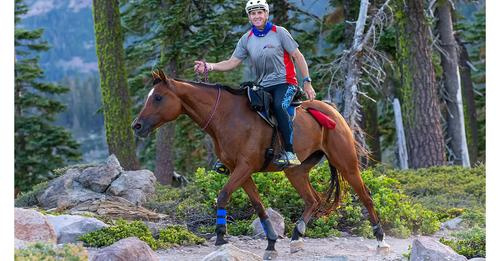Thinking is ok…but…I will share what my best instructors have told me. “Quit thinking and start riding.” What they mean is that if you think too much it clutters the mind with noise so you cannot feel the horse under you.
What @Nous says is technically correct, this is Mea-Culpa from someone who is guilty of overthinking her riding. It was a hot stallion who finally imparted the insight that I had to FEEL if I wanted to survive. If I did too much thinking, I usually found myself bucked off. That horse taught me a lot. It was instant feedback to sit on his back.
I suggest you play around with the different rein effects and see how the horse reacts. You will then develop FEEL for how the horse reacts to the different rein effects.
I am sorry if one cannot provide a prescription for what to do. It is a very Zen concept that words get in the way of an artistic concept. You can give general guidance, but a student has to find their own way.
I suggest reading Eugen Herrigel’s book, “Zen in The Art of Archery.” In it he discusses a similar frustration on mastering the bow similar to what you express with riding.
There followed weeks and months of fruitless practice…Perhaps it was chance, perhaps it was deliberately arranged by the Master, that we one day found ourselves together over a cup of tea. I seized on this opportunity for a discussion and poured my heart out.
-snip-
You have described only too well " , replied the Master, where the difficulty lies. Do you know why you cannot wait for the shot and why you get out of breath before it has come?
The right shot at the right moment does not come because you do not let go of yourself. You do not wait for fulfilment, but brace yourself for failure. So long as that is so, you have no choice but to call forth some thing yourself that ought to happen independently of you, and so long as you call it forth your hand will not open in the right way.
The more obstinately you try to learn how to shoot the arrow for the sake of hitting the goal, the less you will succeed in the one and the further the other will recede. What stands in your way is that you have a much too wilful will. You think that what you do not do yourself does not happen.
What I took this to mean is that you need to communicate with the horse and let the horse respond and move under you…eg., you have to let go of the “willful will” and listen/feel the horse.
 I find myself feeling a bit stuck understanding my outside rein and thought maybe someone has an analogy or explanation that might help me fully grasp this concept .
I find myself feeling a bit stuck understanding my outside rein and thought maybe someone has an analogy or explanation that might help me fully grasp this concept .
 , it means that the horse has sufficient connection & impulsion to maintain itself in the required movement.
, it means that the horse has sufficient connection & impulsion to maintain itself in the required movement.